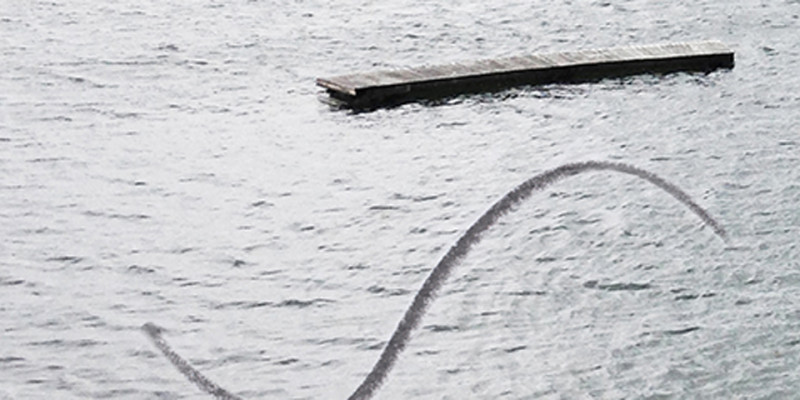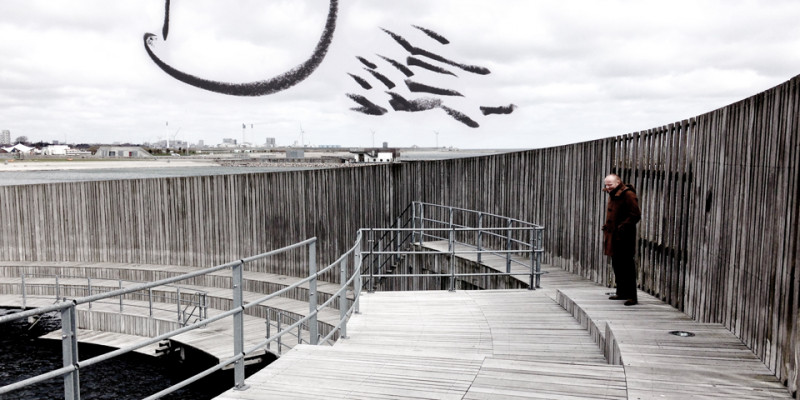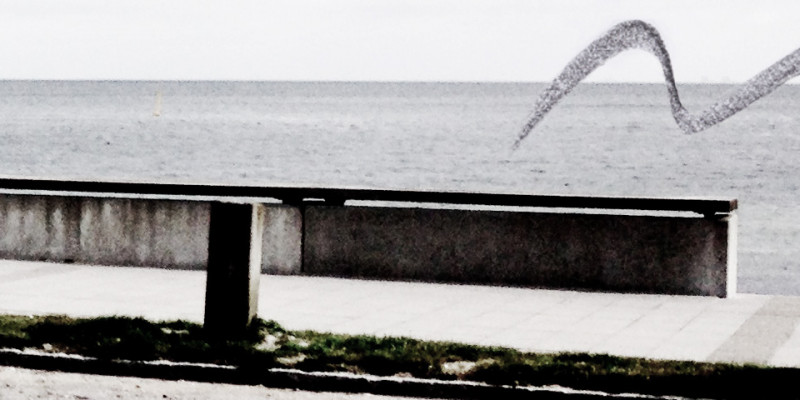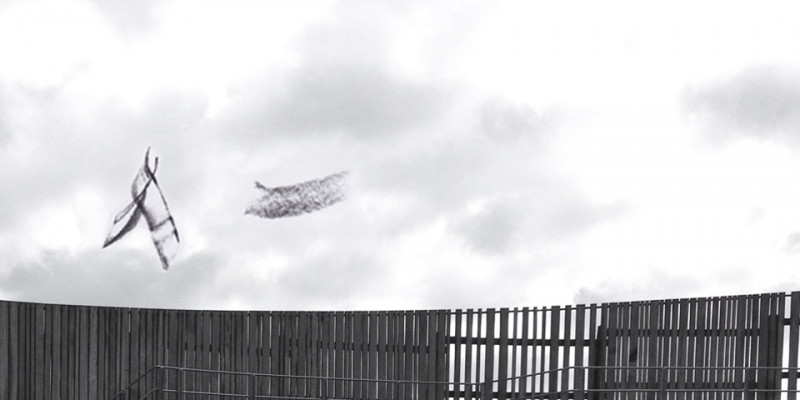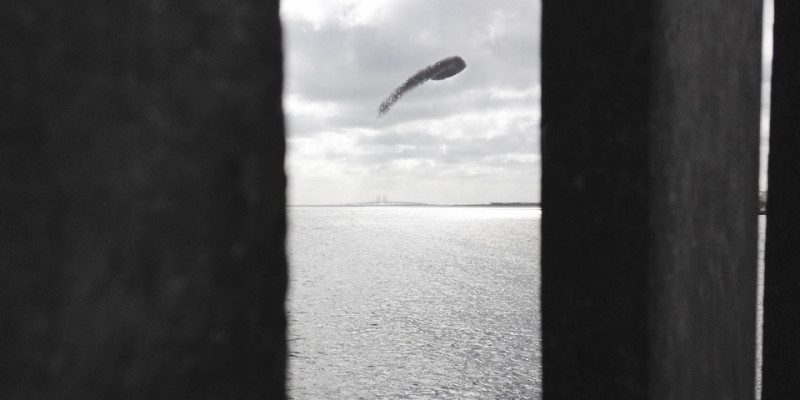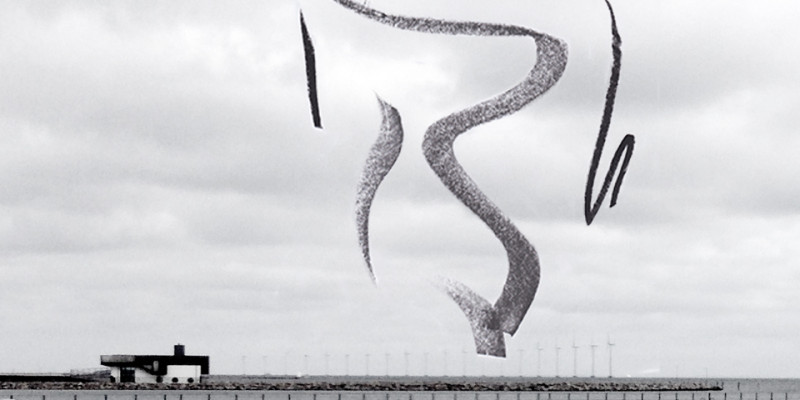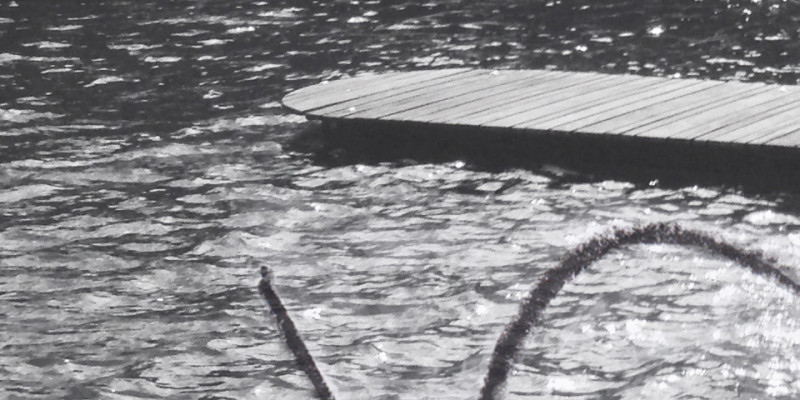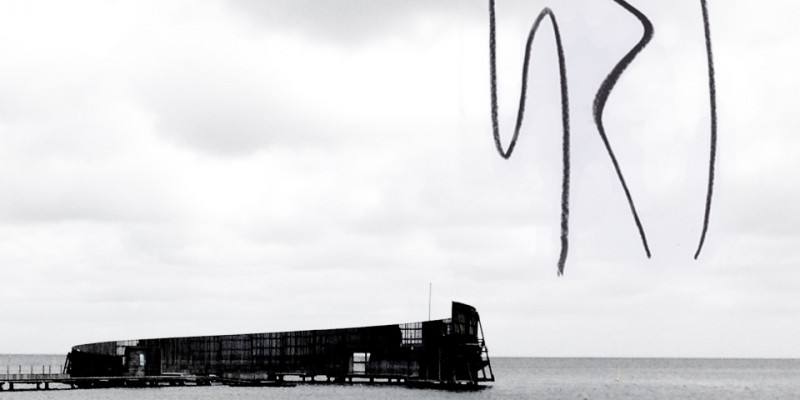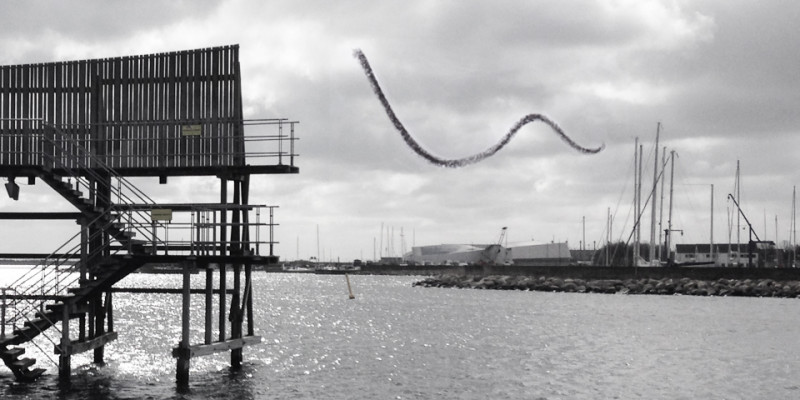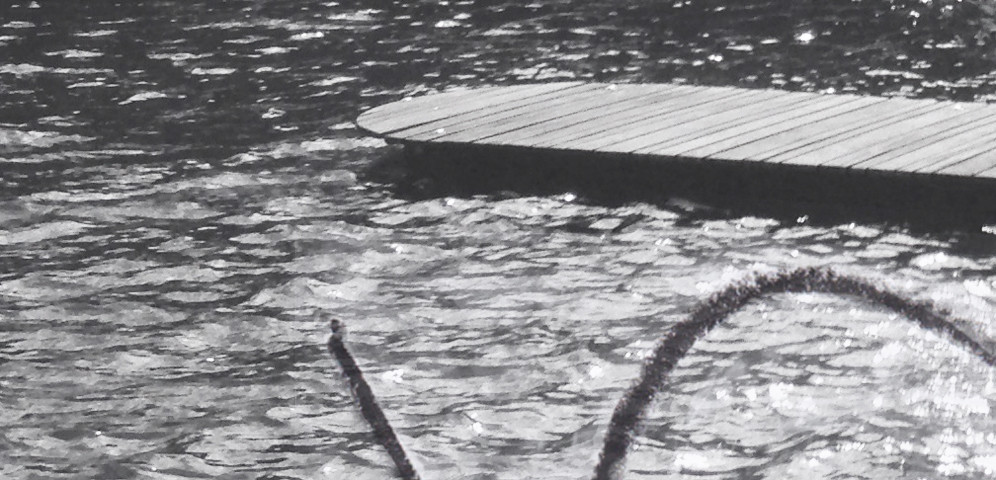
Between maps and territories
Experimental Audio Paper
Listen to the audio paper in Sound Cloud
Abstract
This audio paper departs from an artwork made by Andreas Führer called The Map is Not The Territory D’Or; a score for a soundwalk in the town of Roskilde, Denmark. The basic sound materials used in the audio paper are 1) an interview in Danish with the artist, 2) a voice over of a theoretical text in English, and 3) recordings from performances of the piece, including walking, breathing exercises, and the sounds of ventilation systems and other environmental sound. By mingling these different materials, and by using ‘map’ and ‘territory’ as metaphors, the paper complicates issues of representation and materialism, suggesting that it can never be one or the other, but always both at once. The paper does not offer a hermeneutic interpretation of Führer’s piece; rather it is a performative appropriation that uses the piece as a machine for experimenting with the relations between artist and theorist, artwork, embodied experience and academic representation, all of which are categories rendered somewhat problematic by the format of the audio paper itself.
Extended abstract
The audio paper Between maps and territories - a generative feedback loop departs from a scored soundwalk made by artist Andreas Führer called The Map is Not The Territory D’Or (Führer 2014), which was commissioned by Rasmus Holmboe for ACTS Festival 2014 at the Museum of Contemporary Art in Roskilde. During the Festival, Jan Stricker interviewed Führer about his piece, while walking the route indicated in the score. This interview, together with recordings of various types of ventilation systems (the locations of which are specified in the score), and the voice over of an essay written by Rasmus Holmboe and performed by Andreas Führer, constitutes the basic materials of the audio paper. The sound of walking and the breathing exercises that are also indicated in the score are used as elements to either speed up or slow down the narrative.
As this brief formal description suggests, Between maps and territories - a generative feedback loop is an investigation of mixed authorship, representation, and mingledness (Serres, 2008), while it is at the same time a quasi-academic appropriation of an artwork through the format of an audio paper. Inspired by Erin Manning and Brian Massumi’s concept of “research-creation” (Manning & Massumi, 2014, p. 87), Holmboe and Stricker have tried to turn Führer’s artwork into a thinking-machine as a way of enacting what Manning and Massumi would call immanent critique. As such, this audio paper responds to the formal challenges of the genre by positing research-creation as "[…] a mode of activity all its own, occurring at the constitutive level of both art practice and theoretical research, at the point before research and creation diverge into the institutional structures that capture and contain their productivity and judge them by conventional criteria for added value" (Manning & Massumi, 2014, p. 89).
The inspiration to pursue this approach has been the entanglement of positions inherent to doing practical curatorial research. Here, the varying roles and interests of artist, curator, researcher and audiences are constantly negotiated against a backdrop of the different institutional and epistemological contexts they work within, as well as the demands that these contexts conventionally apply to their own internal modes of operation. In this light, the present audio paper is also an experiment that tries to transgress these categories by performing a notion of criticality (Rogoff, 2004), which can both acknowledge its own limited viewpoint as its strength (Haraway, 1988), at the same time as it is aware of the ecology of practices (Stengers, 2005) that this limited viewpoint is necessarily part of.
In the ecology particular to this audio paper, different positions commingle and interact: 1) The artist’s wish to keep the work open to any interpretation, 2) the curatorial obligation to present the work in accordance with the artist’s intentions, 3) the immanent position of the curator-as-researcher that complicates traditional methodological approaches to reflexivity, let alone objectivity, 4) the personal relations in the collaboration (and the conditions of possibility for future collaborations), and 5) the format of the audio paper as an academic genre that tries to challenge the conventional institutional structures and criteria. In applying the concept of research-creation to accommodate for this collaborative ecology, we have deliberately experimented with a blurring of the conventional categories of artist/curator/researcher as well as those of artwork/argument/theory. This implicitly enacts and promotes the entanglement of positions and mingledness of voices in the concrete relations of the situation.
Theory, in this context, is not treated as an explanatory framework – as well as the artwork isn’t posed as something in need of a discursive interpretation. Rather, the artwork serves as an invitation to posit a performative auditory reflection that incorporates sensual as well as discursive aspects. As such, Between maps and territories - a generative feedback loop is an attempt to actualize (more than discuss) representationalist and materialist theories of sound (art) from a perspective that pays close attention to the transitions between the registers of the sensible and the discursive. Between maps and territories - a generative feedback loop is then neither a strict academic paper, nor an audio performance lecture. It is neither fact, nor fiction; rather it is conceived as a mix – an essayistic performative iteration that plays on the conventions of, and experiments somewhere in between, the genres of performance lecture, literary and academic text, radio montage, musical score, breathing exercises and sound-walking. It is a mix, whose argument is implicit as a consequence of its complex subject matter and the challenge of the format of the academic audio paper. In this commingled and entangled ecology, listening (as well as anything else) can never be alone.
